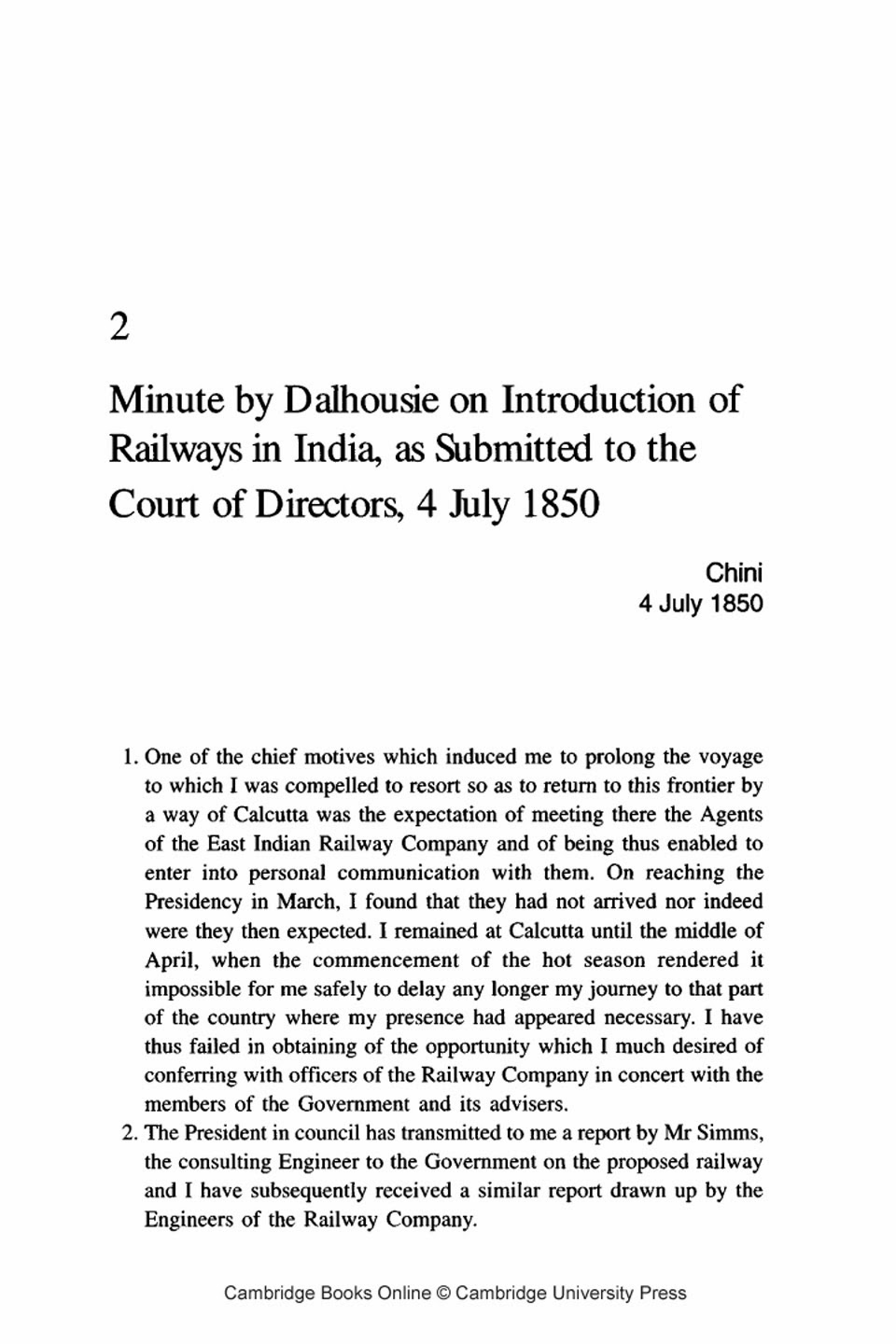Many Delhi traders began to curry favour with the new masters, requesting a Rail Link to Calcutta for better trading opportunities, after much persuasion the British agreed and the railways arrived in the mid 1860s. The Lothian Railway Bridge divided the city in two parts, to its south lived the natives while to its north in Kashmiri Gate and beyond lived the British and their hangers on. Land was taken over for the railway station. The original residents settled the new areas of Karol Bagh, Pahar Ganj, Sadar and Bara Hindu Rao. Lala Chhunna Mal and his cohorts bought a lot of property papers from the oustees and became major real estate owners. Opposite the main gate of the railway station, a new road was carved out, through Bagh-e-Jahanaara. The Jahanaara Sarai was demolished to build the Town Hall. Opposite the Town Hall the British cut a swath through the heart of the city and created the Nai Sarak. The traditional Lal Quila-Masjid Fatehpuri East-West Axis was now changed to the Railway Station- Town Hall North South Axis.
Source: http://kafila.org/2012/05/03/ten-in-one-delhi-1803-2012-5-2/



No comments:
Post a Comment